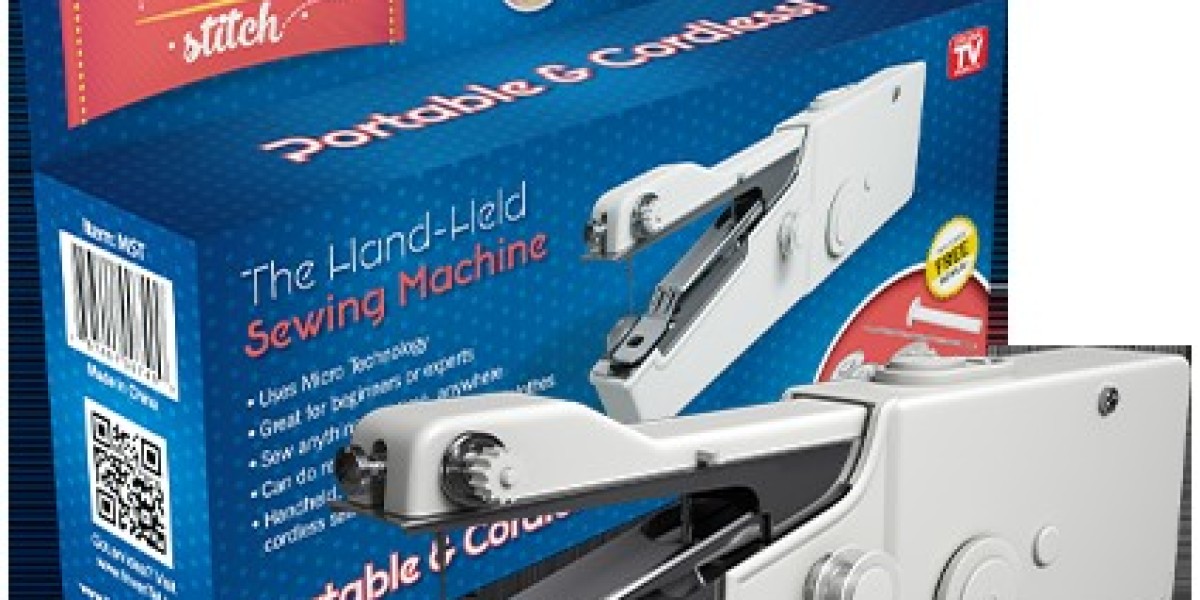Backflow prevention devices play a critical role in maintaining safe, clean water within any plumbing system. Backflow replacement becomes essential when these devices fail, as it ensures the system remains protected from contaminants. Knowing when it’s time to replace a backflow prevention device helps prevent potential health hazards and costly repairs. In this guide, we’ll outline key signs and considerations for determining whether your system needs backflow replacement.
1. Understanding Backflow and Its Risks
Backflow occurs when water flows in the opposite direction, often due to pressure changes in the plumbing system. This can allow contaminants from various sources, including pesticides, chemicals, or bacteria, to enter your drinking water supply. A backflow prevention device helps ensure this reverse flow doesn’t contaminate your system. Regular inspections and maintenance are critical to the longevity of these devices, as their failure could compromise water quality and pose risks to public health. Recognizing the signs of potential device failure can help determine when backflow replacement is necessary.
2. Common Causes of Backflow Device Failure
Backflow prevention devices are built to withstand various conditions, but wear and tear, mineral buildup, corrosion, and pressure fluctuations can all lead to eventual device failure. Corrosion, for instance, is common in devices exposed to harsh water conditions, while mineral buildup may affect parts of the system. Additionally, regular fluctuations in water pressure, whether from plumbing issues or high water demand, can weaken the device. Knowing the common causes of failure helps you better understand the importance of backflow replacement when needed to protect water quality and system reliability.
3. Signs Your Backflow Prevention Device Needs Replacement
One of the most effective ways to know if you need backflow replacement is by identifying common warning signs of device failure. These signs can include:
- Unusual Water Odors or Taste: A metallic or chemical taste or an unusual smell in your water can indicate contaminants are entering the system.
- Discolored Water: Brown, yellow, or cloudy water may suggest contaminants due to backflow issues.
- Reduced Water Pressure: Low pressure may be a sign of device blockage, restricting normal water flow.
Identifying any of these symptoms should prompt an immediate inspection and, if necessary, replacement of the backflow prevention device.
4. Regular Testing and Inspection Requirements
Many municipalities require regular testing and inspection of backflow prevention devices to ensure they’re in proper working order. A certified backflow technician will test the device by assessing its valves, pressure, and overall functionality. During testing, any abnormalities or issues with pressure valves can reveal signs that replacement may soon be necessary. Regular inspections not only keep you compliant with local codes but also allow you to detect and address minor issues before they escalate into full device failure.
5. Water Pressure Issues: A Major Indicator for Replacement
Water pressure problems are common in households and businesses, but if you notice a consistent or sudden drop in water pressure, it could be due to a malfunctioning backflow prevention device. Backflow replacement is often recommended when these pressure drops result from blockages, worn valves, or device failures, as ongoing pressure issues can lead to further water contamination risks. Ensuring proper water pressure not only maintains water quality but also supports the overall health of the plumbing system.
6. Corrosion and Mineral Build-up in Backflow Prevention Devices
Backflow devices that have been in use for extended periods are prone to corrosion and mineral buildup. Corrosion occurs naturally over time, especially if the device is exposed to acidic or harsh water conditions. Mineral deposits can clog the valves and pipes, restricting flow and reducing device effectiveness. If inspection reveals signs of rust, buildup, or corrosion, backflow replacement is often the best solution to restore safe and reliable water flow. Replacement at the appropriate time can help avoid further damage and ensure continued protection against contamination.
7. Persistent Leaks Around the Backflow Device
Leaks around your backflow prevention device indicate potential wear and tear or damage within the device. Often, these leaks are a result of worn seals, cracked components, or other structural damage. Temporary repairs may provide a short-term solution, but for long-term reliability and water safety, backflow replacement is typically necessary. Persistent leaks left untreated can allow contaminated water to bypass the prevention system and enter your water supply, making immediate replacement crucial.
8. Frequent Repairs and Maintenance Costs
If your backflow prevention device has required multiple repairs or frequent maintenance, replacement may be a more cost-effective solution. Over time, repair costs can add up, and a device with recurring issues may not provide the reliable protection your system needs. Backflow replacement offers a longer-term solution and minimizes the need for ongoing repairs. Opting for replacement can help you save on cumulative repair costs while ensuring the integrity of your water system remains intact.
9. Compliance with Local Codes and Regulations
Many local and state regulations mandate the proper maintenance and functionality of backflow prevention devices. Non-compliance can result in penalties, fines, or forced service interruptions. Regular inspections will ensure that your system meets these codes, but when a device fails inspection, backflow replacement is often the required next step to bring your system back into compliance. Staying informed about local regulations helps protect your water supply and avoids potential legal issues related to water contamination.
10. Professional Backflow Testing and Replacement Process
When backflow replacement is necessary, it’s critical to work with a certified backflow technician. Professional technicians will:
- Conduct a Full Inspection: Determine the extent of damage and ensure replacement is the most effective solution.
- Provide Replacement Options: Discuss the best types of backflow prevention devices for your system’s needs.
- Install and Test the Device: Proper installation and testing guarantee that the new device functions correctly, restoring your system’s integrity.
This process ensures that replacement is done correctly, offering long-lasting protection and meeting all regulatory requirements.
11. Choosing the Right Backflow Prevention Device for Replacement
When it’s time for backflow replacement, selecting the right device for your plumbing system is essential. Different types of devices are suited to specific water pressures and contamination risks. For instance, reduced pressure zone (RPZ) devices are ideal for areas with high contamination risks, while double-check valve assemblies are suitable for lower-risk environments. Consulting with a professional will help determine the best device for your needs, balancing functionality, cost, and regulatory compliance.
12. The Cost of Backflow Replacement and Its Benefits
While backflow replacement can involve an upfront cost, the benefits of maintaining a clean and safe water system far outweigh the expense. Neglecting backflow issues can lead to more severe contamination risks and costly health hazards. In addition, many backflow replacement solutions come with warranties, providing peace of mind and long-term value. Investing in replacement can lead to fewer repair costs, reduced health risks, and overall better water quality in the long run.
13. Maintenance Tips to Extend the Life of a New Backflow Device
Once your backflow device has been replaced, routine maintenance can help extend its life and keep it functioning optimally. Here are some maintenance tips:
- Schedule Regular Inspections: Annual inspections help catch potential issues early.
- Flush the System Periodically: Flushing removes sediment and mineral deposits.
- Monitor for Leaks and Pressure Changes: Catching leaks early prevents significant issues.
Proactive maintenance minimizes wear and tear, ensuring your new device provides reliable protection against contamination for years to come.







